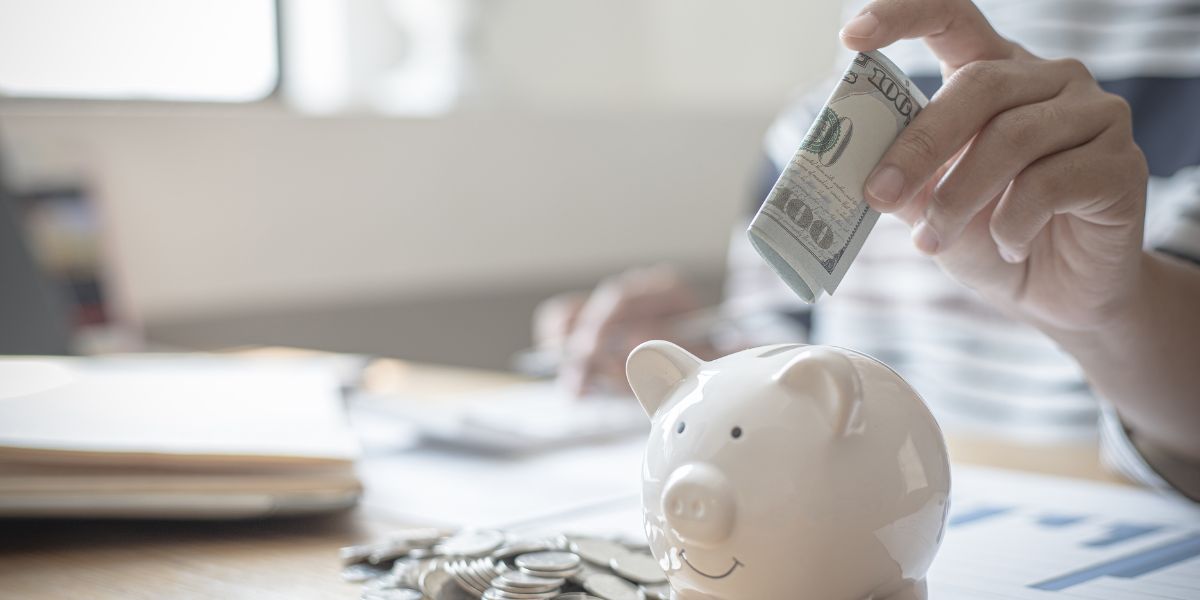Student Loans
Great Lakes Credit Union has everything you need to help manage your money and plan for the future.

Money SmartsFebruary 27, 2023
Making the decision to pay down debt, particularly consumer debt, can be mixed with emotion. You feel good about choosing to take concrete steps to pay off balances on credit cards, auto loans, student loans or other installment loans. On the other hand, you feel less positive about the amount of money you are directing into a savings account. Well, we’re here to show you how reducing debt is a form of saving, to give you strategies for the best way to do so that align with your personal situation, and to boost your financial confidence to keep you working toward your goals.
As you pay off your debt you are freeing up money, allowing you to direct those funds toward saving for something else that’s important to you – perhaps an emergency/opportunity fund, a vacation, home purchase, or retirement. This money is freed up as you spend less on interest, and possibly late fees, and lowering the debt balances themselves.
If you have more than one debt you want to pay off, for example an auto loan and a credit card balance, there are two main strategies to help you decide which debt to pay off first.
You choose which method is right for you and your situation.
Once you are on a path to reducing your debt, reflect on the type of relationship you have with credit. Credit is a tool. When used wisely and with purpose, credit can help you achieve your financial goals and build financial confidence. Having a clear view on when and for what purpose you use credit is the foundation for a positive relationship.
Sometimes we’re told that there are good types of debt (home mortgage) and bad debt (credit cards). This type of categorization is based only on the financial aspect and not the personal situation you are dealing with. It may feel better to ask yourself if the type of debt you are taking on is a good decision for you or not.
For example, when an emergency expense crops up and it is large enough that it will deplete all or nearly all of your emergency savings, you may feel like you’re on shaky ground if another expense crops up before you can replenish your savings. So, you may weigh this option against using a combination of savings and credit based on what feels best for you in the situation.
Making purposeful choices about credit, something that you plan for financially and mentally, can help you build more financial confidence.
You can use the America Saves Spending and Saving Tool to calculate how much you have available for debt repayment, take the America Saves Pledge to make a plan for this repayment, or listen to the ThinkLikeASaver Podcast for even more tips.